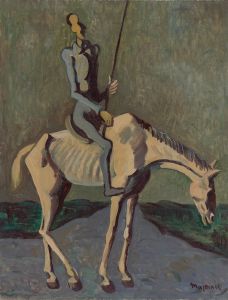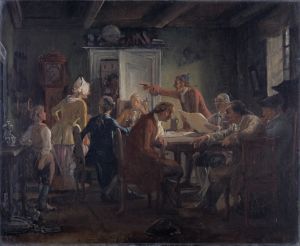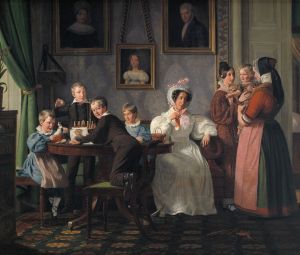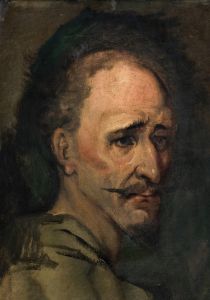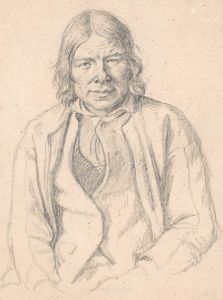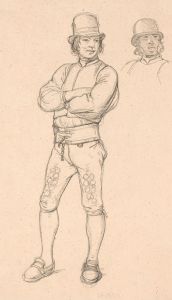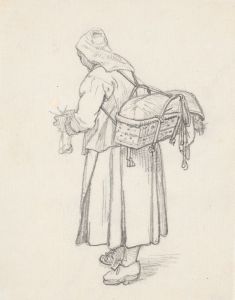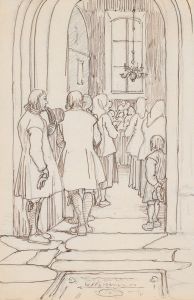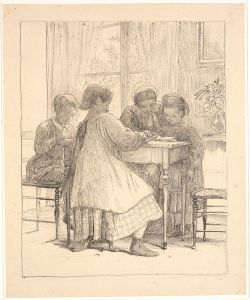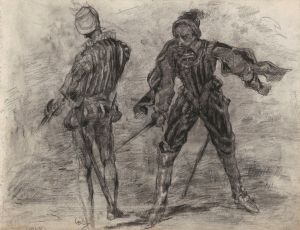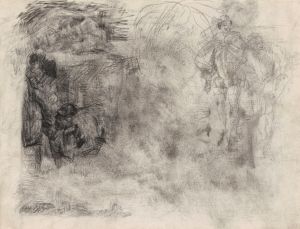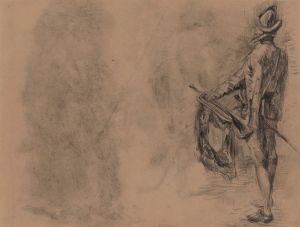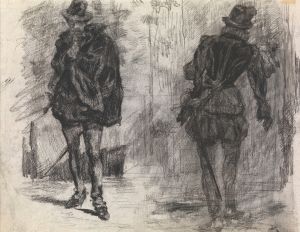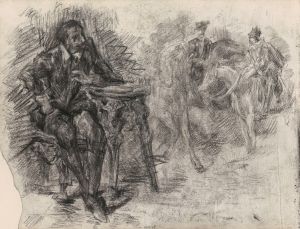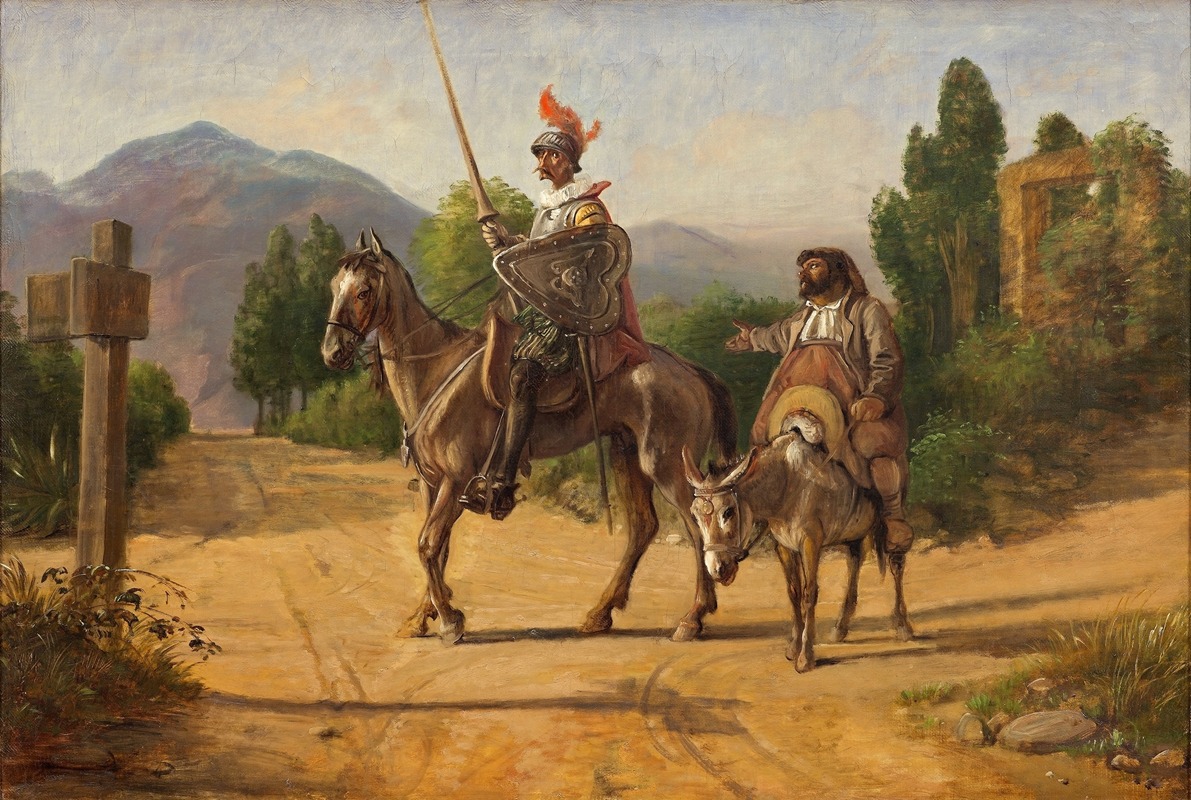
Don Quixote and Sancho Panza at a crossroad
A hand-painted replica of Wilhelm Marstrand’s masterpiece Don Quixote and Sancho Panza at a crossroad, meticulously crafted by professional artists to capture the true essence of the original. Each piece is created with museum-quality canvas and rare mineral pigments, carefully painted by experienced artists with delicate brushstrokes and rich, layered colors to perfectly recreate the texture of the original artwork. Unlike machine-printed reproductions, this hand-painted version brings the painting to life, infused with the artist’s emotions and skill in every stroke. Whether for personal collection or home decoration, it instantly elevates the artistic atmosphere of any space.
"Don Quixote and Sancho Panza at a Crossroad" is a painting by the Danish artist Wilhelm Marstrand, who is renowned for his illustrations and paintings inspired by literary works. Marstrand was born in Copenhagen in 1810 and became one of the most significant figures in Danish Golden Age art. His works often depicted scenes from everyday life, historical events, and literary subjects, showcasing his keen eye for detail and his ability to capture the essence of his subjects.
The painting "Don Quixote and Sancho Panza at a Crossroad" is based on the famous characters from the novel "Don Quixote" by Miguel de Cervantes. Published in two parts in 1605 and 1615, "Don Quixote" is considered one of the most important works of Western literature. The novel follows the adventures of Don Quixote, a nobleman who becomes a self-styled knight-errant, and his loyal squire, Sancho Panza. The story is known for its satirical take on chivalric traditions and its exploration of themes such as reality versus illusion, idealism, and the nature of heroism.
In Marstrand's painting, Don Quixote and Sancho Panza are depicted at a crossroad, symbolizing a moment of decision or transition in their journey. Don Quixote is typically portrayed in his knightly attire, with a lance and a helmet, while Sancho Panza is shown in more humble clothing, reflecting his status as a peasant. The crossroad itself can be seen as a metaphor for the choices and challenges they face throughout their adventures.
Marstrand's interpretation of the characters and the scene is notable for its attention to detail and its ability to convey the personalities of Don Quixote and Sancho Panza. Don Quixote's determined and somewhat delusional expression contrasts with Sancho Panza's more practical and cautious demeanor. This dynamic between the two characters is a central theme in Cervantes' novel and is effectively captured in Marstrand's artwork.
Wilhelm Marstrand created numerous illustrations for "Don Quixote," and his work on this subject is highly regarded for its fidelity to the spirit of Cervantes' text. His illustrations were published in various editions of the novel, helping to popularize the story and its characters in the 19th century. Marstrand's ability to bring literary scenes to life through his art has earned him a lasting place in the history of book illustration.
The painting "Don Quixote and Sancho Panza at a Crossroad" is an excellent example of Marstrand's skill in combining narrative and visual elements to create a compelling and thought-provoking image. It reflects his deep understanding of the source material and his talent for capturing the essence of complex characters and their stories. Today, Marstrand's works, including this painting, are appreciated for their artistic merit and their contribution to the visual interpretation of classic literature.





